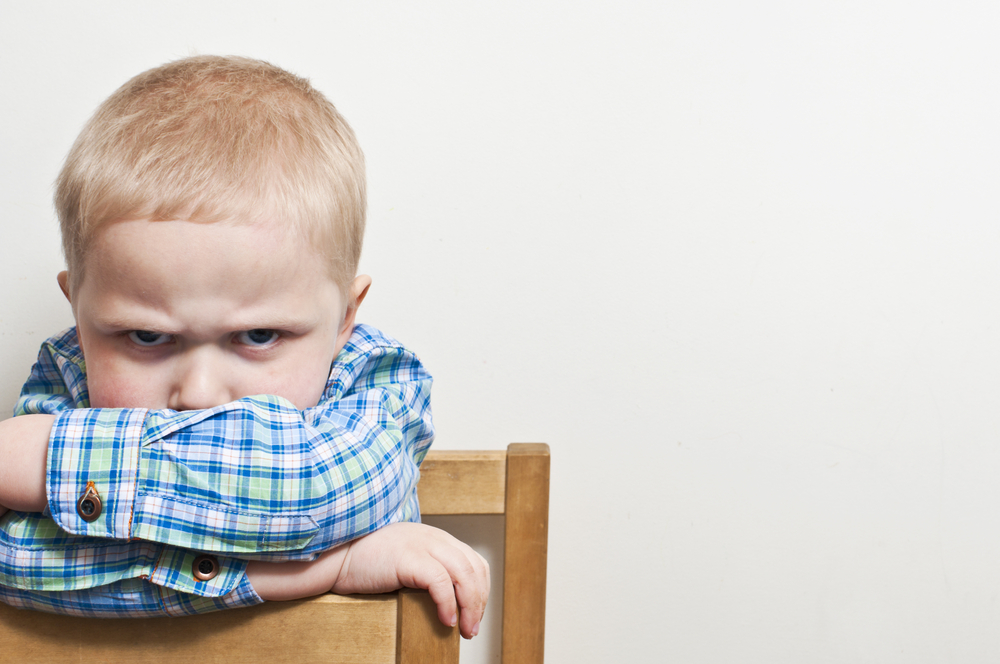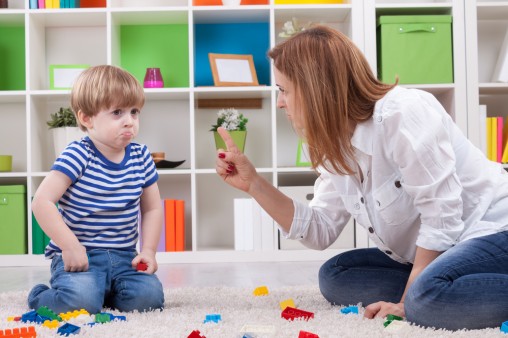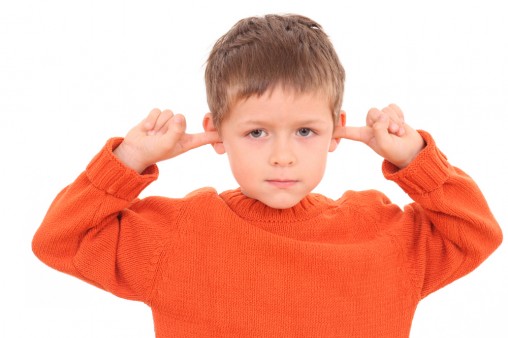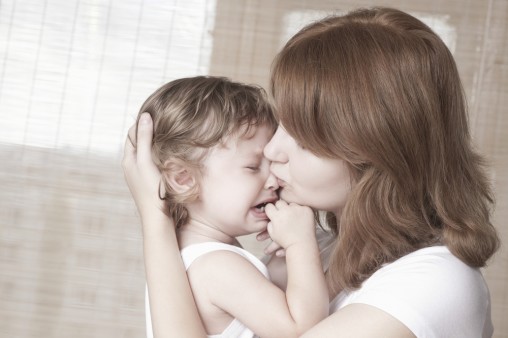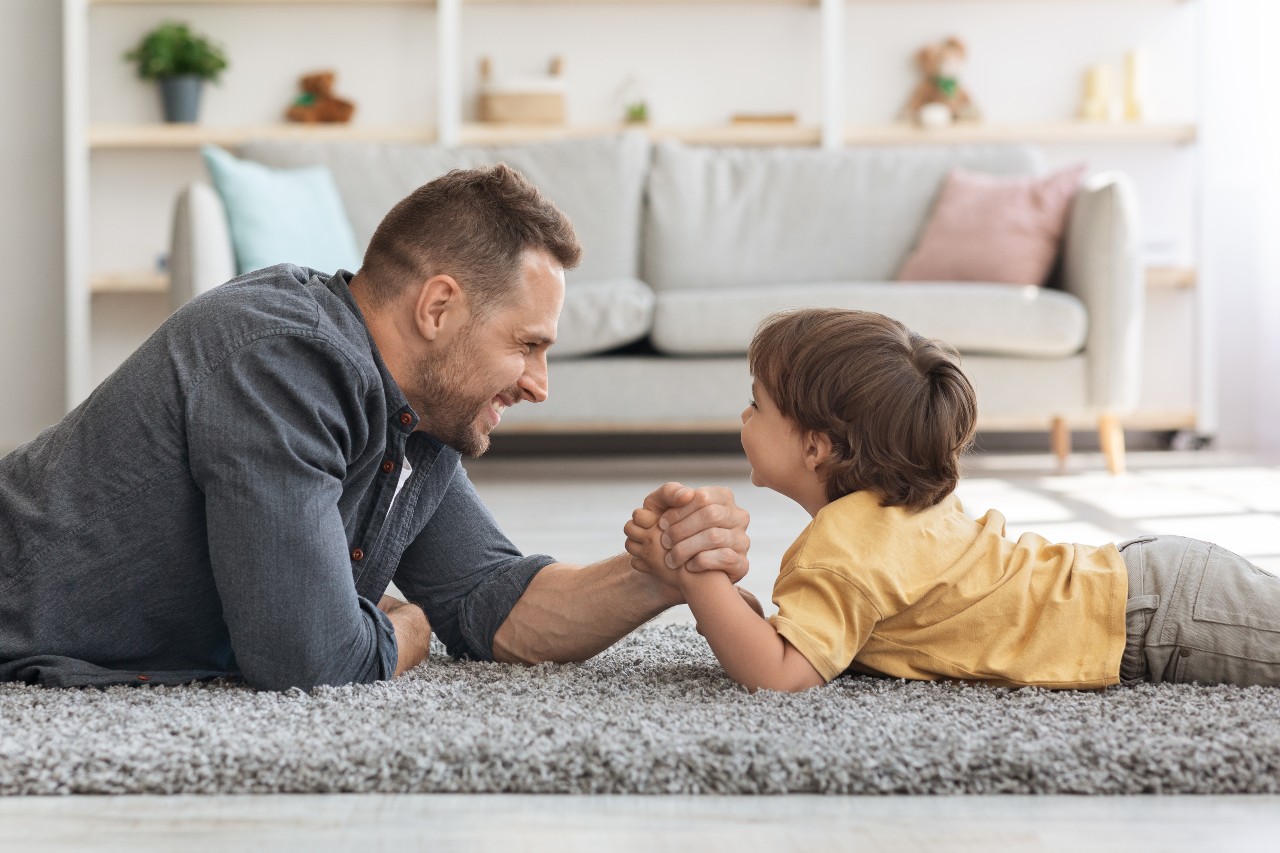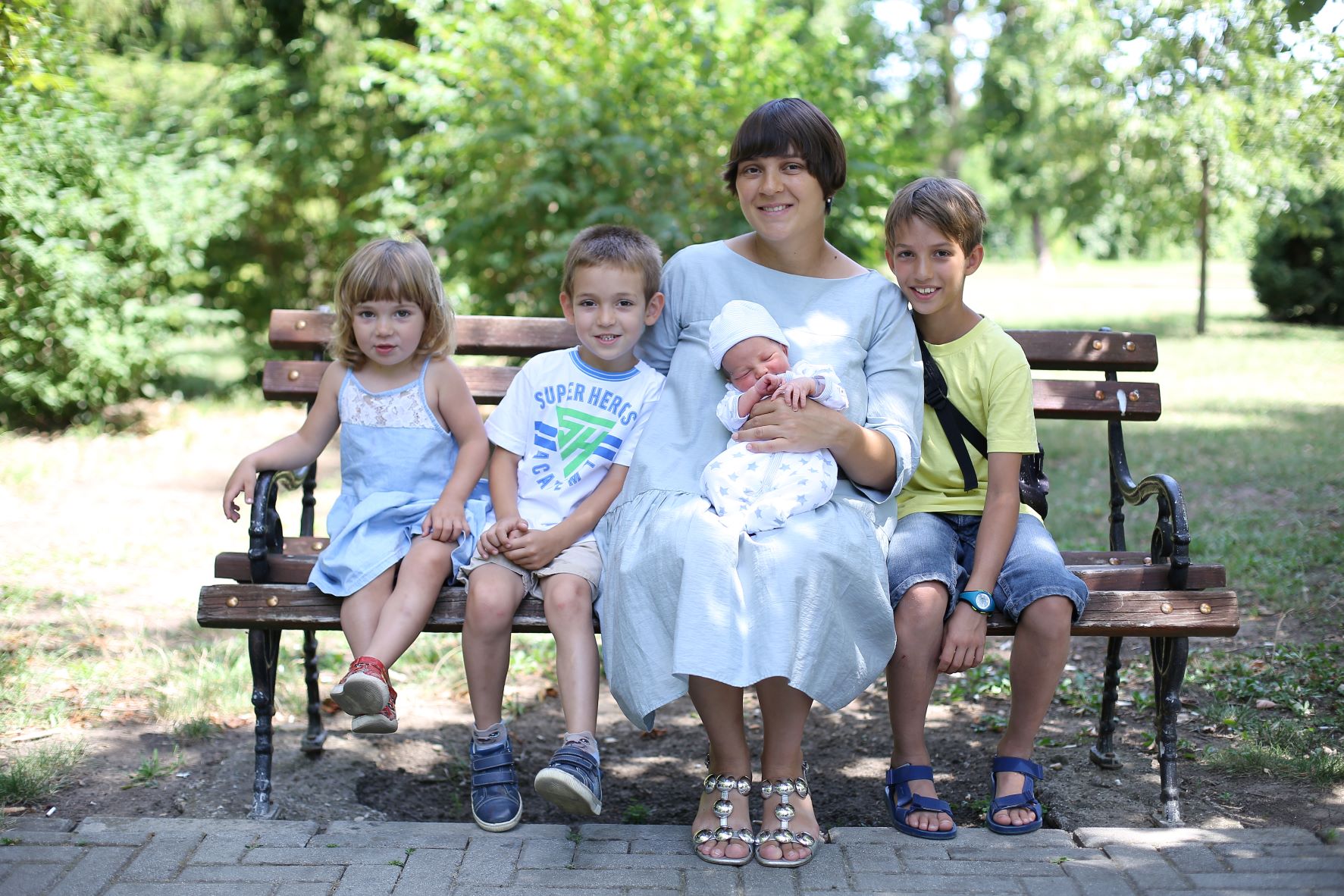Help children learn how to manage their anger, by remembering these 10 things when your child gets angry
When their child gets angry, many parents are tempted to send an angry child to their room to „calm down.“ However, you can help kids learn to manage their anger responsibly from an early age. That begins with accepting anger, without acting on it.
Unfortunately, they’ll also have gotten a clear message that their anger is unacceptable, and that they are on their own when it comes to managing their big scary feelings. No wonder so many people develop anger-management issues However, you can help kids learn to manage their anger responsibly from an early age. That begins with accepting anger, without acting on it.
1. Remind yourself that tantrums are nature’s way of helping small people let off steam.
 Children’s brains are still developing and they don’t yet have the neural pathways to control themselves as adults do. And please note that even adults don’t always regulate their anger very well.
Children’s brains are still developing and they don’t yet have the neural pathways to control themselves as adults do. And please note that even adults don’t always regulate their anger very well.
The best way to help your child develop those neural pathways is to offer empathy, while they’re angry and at other times. It’s good, actually, for your child to express those angry, hurt feelings. After we support kids through a tantrum, they are more trusting. They feel less wound-up inside, so they can be more emotionally generous. They aren’t as rigid and demanding.
2.Remember that anger comes from our repetitive reactions to yell and send our child to their room.
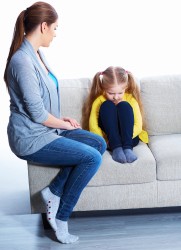 Anger is a defense against a threat that a child feels. It’s actually old, with time accumulated fear. At one moment something triggers those old feelings, and the child is left in the state of no self-control.
Anger is a defense against a threat that a child feels. It’s actually old, with time accumulated fear. At one moment something triggers those old feelings, and the child is left in the state of no self-control.
Losses and disappointments can feel like the end of the world to a child, and kids will do anything to fend off these intolerable feelings, so they cry and rage. If they feel safe expressing their anger, and we meet that anger with compassion, their anger will begin to melt. That’s when they can access the upsetting feelings underneath. So while we honor our child’s anger, it’s the expression of the tears and fears beneath the anger that’s healing for all humans.
3. Set whatever limits are necessary to keep everyone safe, while acknowledging the anger and staying compassionate.
Tell your child something like this: „You’re so mad! You wish you could get what you want right now. I’m so sorry, but you can’t have that. You can be as mad as you want, but hitting is not ok, no matter how upset you are. You can stomp to show me how mad you are, but I won’t let you hit either me or other people.“
4. Set limits on actions only, not on feelings.
The more compassionate you are, the more likely your child will find their way to the tears and fears under the anger. For example: „Oh, Sweetie, I’m sorry you’re feeling this way…You’re saying I never understand you…that must feel so terrible and lonely.“ You don’t have to agree with them, just acknowledge their feelings in that moment. Once they feel heard and understood they will calm down.
5. Keep yourself safe.
Kids often enjoy going against us, even physically, so if you can tolerate it and stay compassionate, that’s great. But if your child is hitting you, hold their wrist and say „I don’t want those angry hands so close to me. I see how angry you are. You can hit a pillow, but I won’t let you hit me.“ Kids don’t really want to hurt us; it scares them and makes them feel guilty.
6. Stay as close to your angry child as you can.
 Your child needs an accepting witness who loves them even when they’re angry. If you need to move away to stay safe, tell them „I won’t let you hurt me, so I’m moving back a bit, but I am right here. Whenever you’re ready for a hug, I’m here.“ If they yell at you to „Go away!“ say „You’re telling me to go away, so I am moving back a step, ok? I won’t leave you alone with these scary feelings, but I will move back.“
Your child needs an accepting witness who loves them even when they’re angry. If you need to move away to stay safe, tell them „I won’t let you hurt me, so I’m moving back a bit, but I am right here. Whenever you’re ready for a hug, I’m here.“ If they yell at you to „Go away!“ say „You’re telling me to go away, so I am moving back a step, ok? I won’t leave you alone with these scary feelings, but I will move back.“
7.Don’t try to reason or explain.
When they’re awash in adrenaline and have a violent reaction, it is not the time to explain why they can’t have what they want. You won’t be able to get your child to admit that they actually love their younger sibling. What you need to do is acknowledge the fact they are upset and reassure them that you will stay with them until they calm down.
8.Don’t try to evaluate whether your child is over-reacting.
Of course they’re over-reacting! But remember that children experience daily fears that they can’t verbalize and that we don’t even notice. They store them up inside and then look for an opportunity to „discharge“ them. So if your child has a meltdown because you brought the blue cup, not the red one for the short car ride, it’s ok to just calmly let them have their meltdown. You can usually tell when your child just needs a good cry.
9.Acknowledge and show your child how their anger will help them calm down.
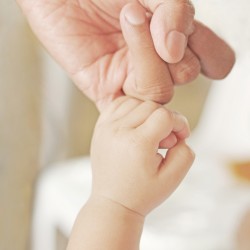 If you can really feel compassion for this struggling young person, she’ll feel it and respond. Don’t analyze, just empathize. „You really wanted that; I’m so sorry, Sweetie.“Once you recognize the feelings under the anger, the child will probably pause and stop lashing out. You’ll maybe see some tears. You can help them surface those feelings by focusing repeatedly on the original trigger: „I’m so sorry you can’t have what you want, Sweetie. I’m sorry, I know this is hard.“ When our loving compassion meets the child’s wound, that’s when they throw themselves into our arms. And all those upset feelings evaporate!
If you can really feel compassion for this struggling young person, she’ll feel it and respond. Don’t analyze, just empathize. „You really wanted that; I’m so sorry, Sweetie.“Once you recognize the feelings under the anger, the child will probably pause and stop lashing out. You’ll maybe see some tears. You can help them surface those feelings by focusing repeatedly on the original trigger: „I’m so sorry you can’t have what you want, Sweetie. I’m sorry, I know this is hard.“ When our loving compassion meets the child’s wound, that’s when they throw themselves into our arms. And all those upset feelings evaporate!
Gradually, your child will learn that while they can’t always get what they want, they can always get what they need- someone who loves and accepts all of them, even when they’re angry. This way you’ll have strengthened your bond with them, all by staying calm and compassionate in the
10.Take a deep breath. Remind yourself that there is no emergency.
Keep yourself from moving into the state of combat readiness. This will help calm your child, and model emotional regulation.
[divider]
Source: http://najboljamamanasvetu.com

